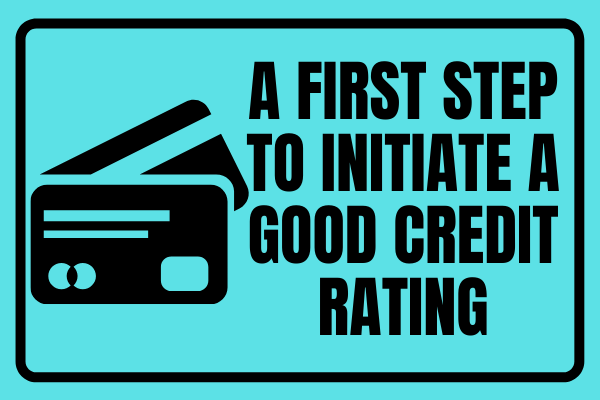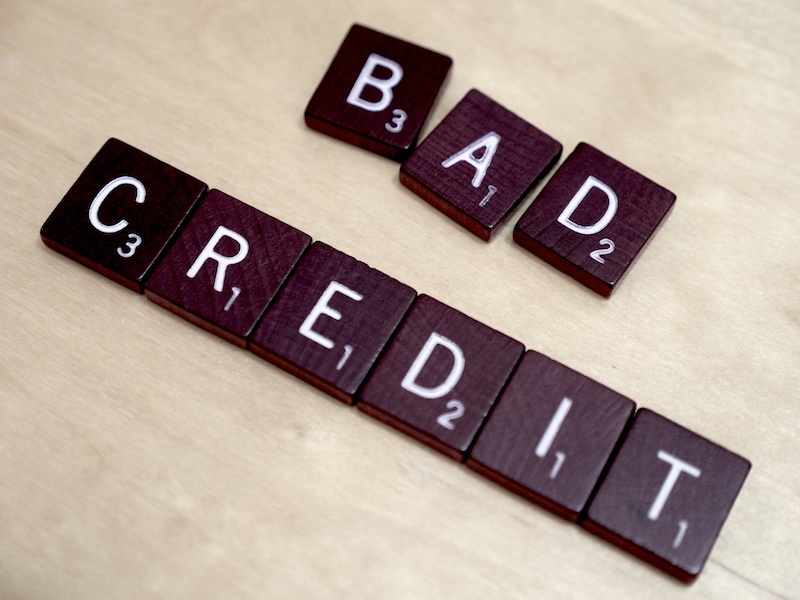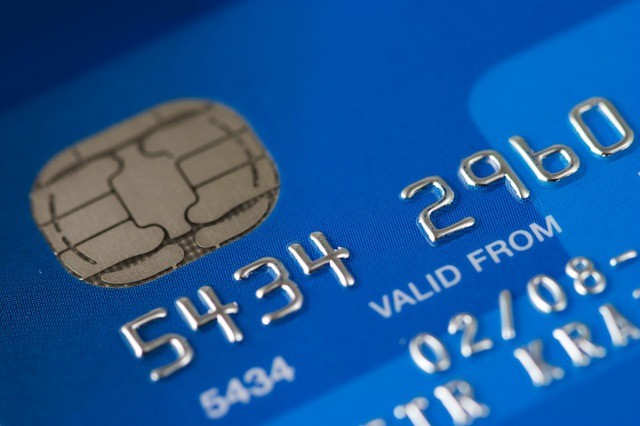A serious diversion of funds from marginal enterprises would tend to cause the latter’s failure and this, in turn, would affect production and other economic processes, like market prices and interest rates. If the financial institutions get tax exemptions for their loans, this will tend to encourage the purchase of their securities. This was the complete Guide To Credit Card Debt hope you got this helpful.
A Guide To Credit Card Debt

A First Step To Initiate A Good Credit Rating
August 9, 2017
A Card for Those Who Have Poor Credit
August 9, 2017A Guide To Credit Card Debt
Categories
A Guide To Credit Card Debt
When talking about credit card debt, the effects of debt depend upon such factors as the sources of loan funds, the purpose for which borrowing is done, the terms and conditions under which the debt is floated, the volume of the existing debt, the interest rates, the types of loan employed and the general economic condition of the community. The individual may borrow from individual investors, financial institutions and commercial banks.
Melissa Clark
Melissa Clark is a personal finance reporter at Creditmergency. She has earned a master’s degree in business and economic reporting from New York University. Clark has a bachelor’s degree in journalism from Syracuse University and grew up in Miami, Fl.




